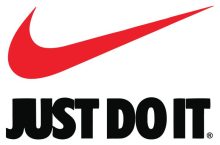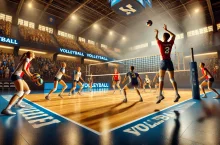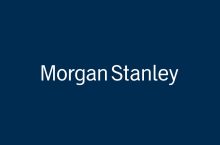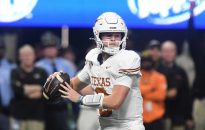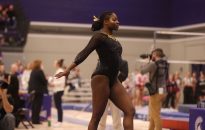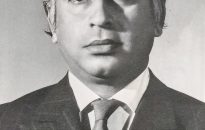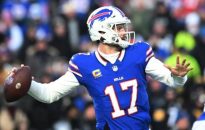Major college football is no longer the amateur college football fans knew and loved before NIL. It is now another level of professional football, at least for the star players who pull down the big money. Speaking of terrible, inconsistent officiating continues to be an issue. Despite the difficulty of doing this job well, the […]


Major college football is no longer the amateur college football fans knew and loved before NIL. It is now another level of professional football, at least for the star players who pull down the big money.
Speaking of terrible, inconsistent officiating continues to be an issue. Despite the difficulty of doing this job well, the NFL uses many part-time officials.
NIL fuels the top programs, is detrimental to others, and the NCAA can’t put the horse back in the barn. So, buckle up.
Meanwhile, NFL scheduling continues to be terrible. While the league changes kickoff and other rules in the interest of player safety, it continues to put players at risk with ridiculous schedules. The Pittsburgh Steelers recently played three games within 11 days and look nothing like the team did before that grueling stretch.
At first glance, the NIL regulation allowing student-athletes to profit from their name, image and likeness seems like a good idea. It is impractical to have college football players spend extra time in work-study programs around campus each week to earn a few dollars when they already spend 20 or more hours of their busy schedules practicing and playing football and generating revenue for their schools.
That is often the way fans feel when spending their hard-earned money and time to watch games. Many things are broken, have not been fixed, and perhaps never will be corrected. But the games and the money they generate go merrily onward.
We’ve all heard the phrase, “if it isn’t broke, don’t fix it.” When it comes to major college and NFL football, it’s more like let’s fix what isn’t broken and ignore what needs to be fixed.
Other players projected to be the top 10 NIL earners in vaulations calculated by on3.com are Colorado teammates Shedeur Sanders (.5M) and Heisman Trophy winner Travis Hunter (.7M); Florida quarterback DJ Lagway (.7M); Ohio State receiver Jeremiah Smith (.7M); Penn State quarterback Drew Allar (.6M); LSU quarterback Garrett Nussmeier (.6M); South Carolina quarterback LaNorris Sellers (.4M); and Clemson quarterback Cade Klubnik (.3M).
With the major college football and NFL playoffs underway, it’s a good time to contemplate things needing improvement in these particular sports. NIL, scheduling and officiating top the list.
The time is well past due for all NFL officials to become full-time employees who, when not working actual games, can hone their skills by virtually officiating previous games and computer-generated contests. Paying officials attractive wages to concentrate on their craft full-time will only help improve morale and performance.
With the disparity between the “haves and the have nots” among programs and also between individual players, there are bound to be internal issues. It’s human nature to believe you are worth more money than the player sitting next to you. Something has to give to ensure fair competition moving forward.
More than ever, college football needs to have someone clearly in charge to oversee and manage this mess.
Given the risk of injury and the potential to lose millions of dollars if unable to play professionally, the ability for college athletes to capitalize on their name, image, and likeness serves as an effective way to ensure they profit in some way from their hard work and effort.
That is where the NIL discussion began, but it soon gathered warp speed and now we have millions of dollars committed by colleges, universities and their donors to attract and retain the best players. As a result, the top players have enough money not only to go out for a pizza, but they can also afford to buy the restaurant.
Playing quarterback is the fastest path to the vault, as eight of the top ten are quarterbacks. Only Hunter (cornerback/wide receiver) and Smith play other positions. I’ve always felt football games are won and lost in the trenches, but the highest linemen among top estimated NIL earners are Xavier Chaplin, offensive tackle, of Virginia Tech, who is listed 26th at .7 million, and South Carolina edge rusher Dylan Stewart, at 29th at .6 million. Ohio State safety Caleb Downs is 16th at .3 million.
At the same time, the NCAA does not have an effective way to oversee NIL agreements between colleges and players. This results in chaos likely to get worse before it gets better. Already, we have players refusing to play, and even transferring to another school, because they were not paid the amount of money they were promised when they were being recruited.
Players cannot recover so quickly from the physical stress, exhaustion, soreness, bruises, and injuries that result from the game of football. Such scheduling is not fair to players nor the fans, but as long as the league profits soar there is little incentive for the league to do better. It is clearly all about the money.
The top two quarterbacks at Texas were estimated to be worth .1 million this year in NIL money between Longhorns’ starter Quinn Ewers (.5 million) and backup Arch Manning (.6 million). No wonder Manning decided to remain in Texas as the backup. It’s a profitable place to be, though certainly not the only one.
(David Jolley is a writer, author, public relations and marketing communications consultant, sports fan and historian. For more content, visit davidajolley.com.)
More than ever, big money rules the NFL and major college football, and the fans are last in line. Perhaps it is time to pay more attention to Division III sports where the athletes play for the love of the game, not clouded by an ongoing quest for adulation, fame and fortune.
The NFL supposedly has an officiating improvement plan. That an improvement plan even exists offers at least slight hope for better officiating to come. Expect interesting contract negotiations when the officials’ current collective bargaining agreement ends in May 2026.
